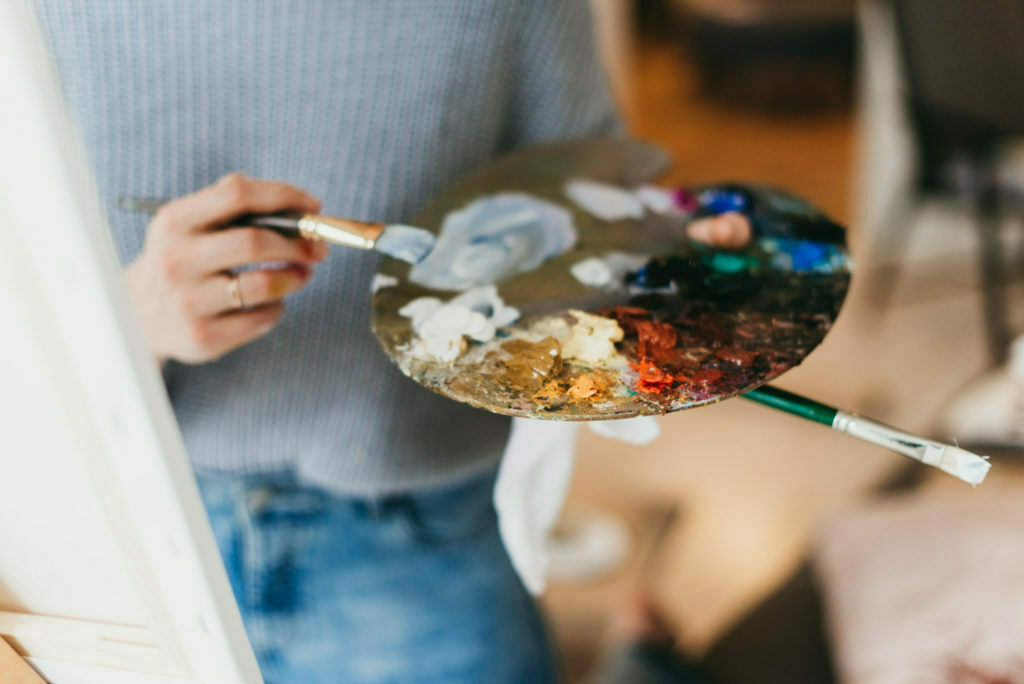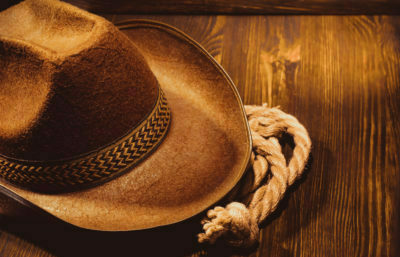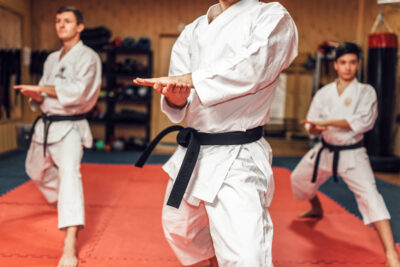There are many reasons why people become passionate about art. For some, it’s a way to express themselves and share their creativity with the world. Others may appreciate the beauty and intricacy of art or find that it can be a form of therapy or self-expression. Regardless of the reasons, art is a passion for many and can be a hugely positive influence in their lives. Have you ever dreamed of becoming a professional artist? It’s not as difficult as you may think. With hard work and dedication, you can make your dream a reality. Keep reading to learn how to become a professional artist, such as James McRoberts.
Educate Yourself on the Business Side of Art

When you’re creating art, it’s important to have a good understanding of the business side of art as well. After all, you need to know how to price your work, how to sell it, and how to market yourself. Here are a few tips to help you get started:
- Do your research. Before you start selling your art, it’s important to do your research and learn as much as you can about the art market. Study the prices of other artists’ work, learn about different art movements, and find out what collectors are looking for. The more you know, the better equipped you’ll be to price and sell your own art.
- Develop a strong marketing strategy. Your marketing strategy is essential for promoting your art and connecting with potential buyers. Make sure you have a strategy that includes a mix of online and offline marketing tactics, such as website design, advertising, public relations, and social media marketing.
- Stay up to date with the latest art trends. It’s important to keep up with the latest art trends so you can create work that appeals to collectors. Follow art magazines, blogs, and social media accounts to stay up to date with the latest art news and trends.
Build a Strong Portfolio
Building a strong portfolio is essential for any artist looking to become a professional. The portfolio should showcase your strongest and most accomplished pieces, as well as your range of abilities and styles. Start by assembling a selection of your best work. This might include finished pieces, as well as sketches, studies, and works in progress. Next, create a cohesive portfolio that tells a story about you as an artist. Make sure to include a statement about your artistic vision and how you hope to impact the world through your art.
To create an effective portfolio, you may need to do some additional training and develop your skills in specific areas. For instance, if you’re interested in illustration, you might take classes in anatomy, perspective, and character design. If you want to focus on fine art, you might take classes in drawing, painting, and sculpture.
Network with Other Artists and Professionals

Networking is key to any profession, but especially so for artists. Building relationships with other artists, professionals in the art industry, and anyone who can help support your art career will only benefit you in the long run. Here are some ways to get started: First, get involved with local art associations and organizations. There are likely several in your area, and most have networking events and opportunities to meet other artists. Second, attend art fairs and festivals. These events are a great way to see a variety of art, meet artists, and learn about new trends. Finally, follow other artists on social media. This is a great way to see what they’re working on, learn about upcoming shows, and get advice and encouragement.
Overall, the above tips are important because they teach artists the necessary skills to be successful in their field. It provides artists with the information they need to achieve their goals.












